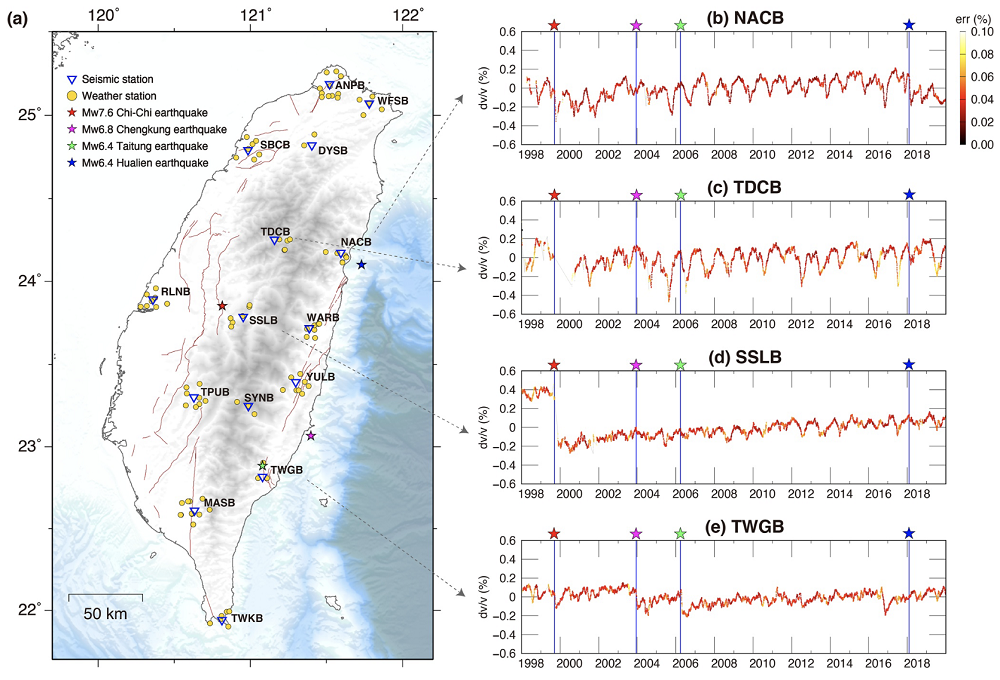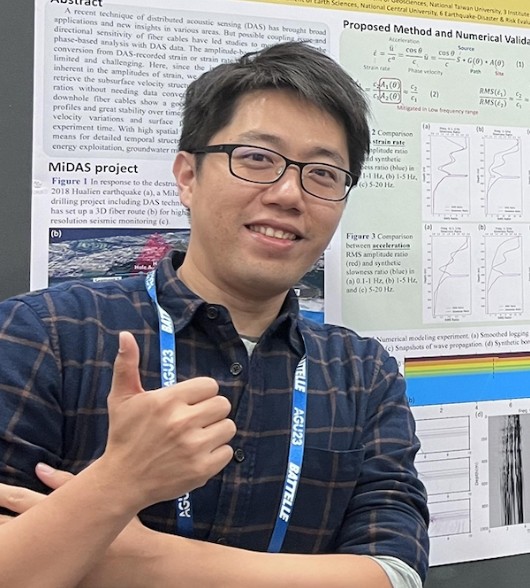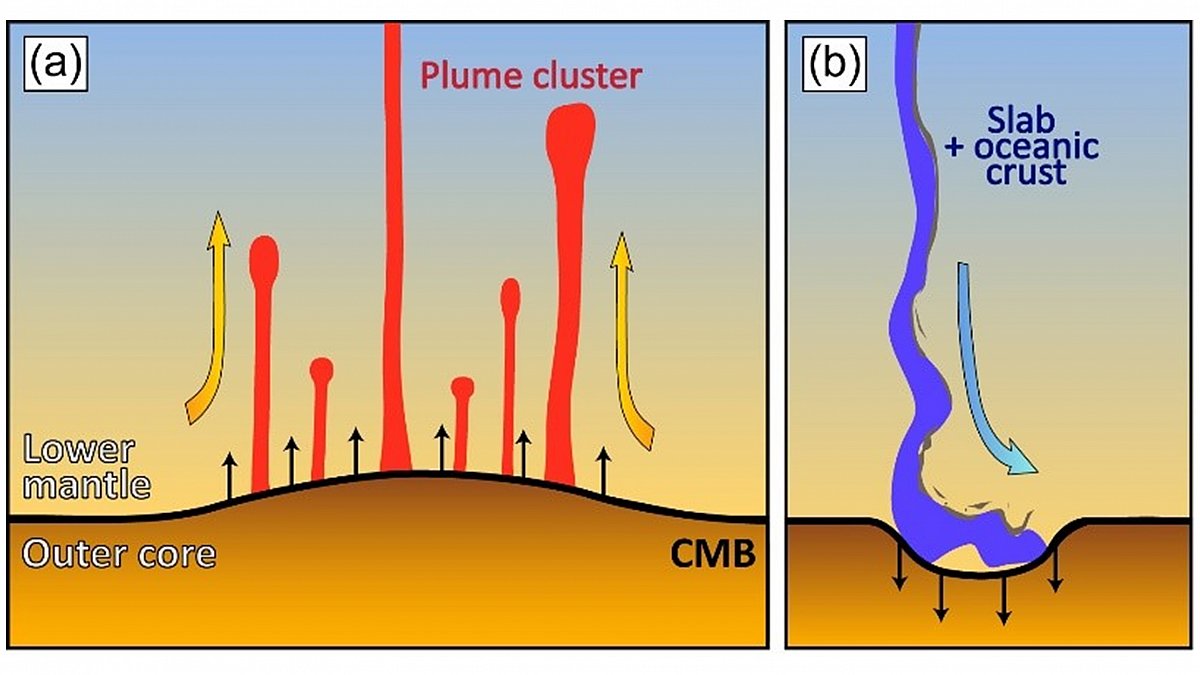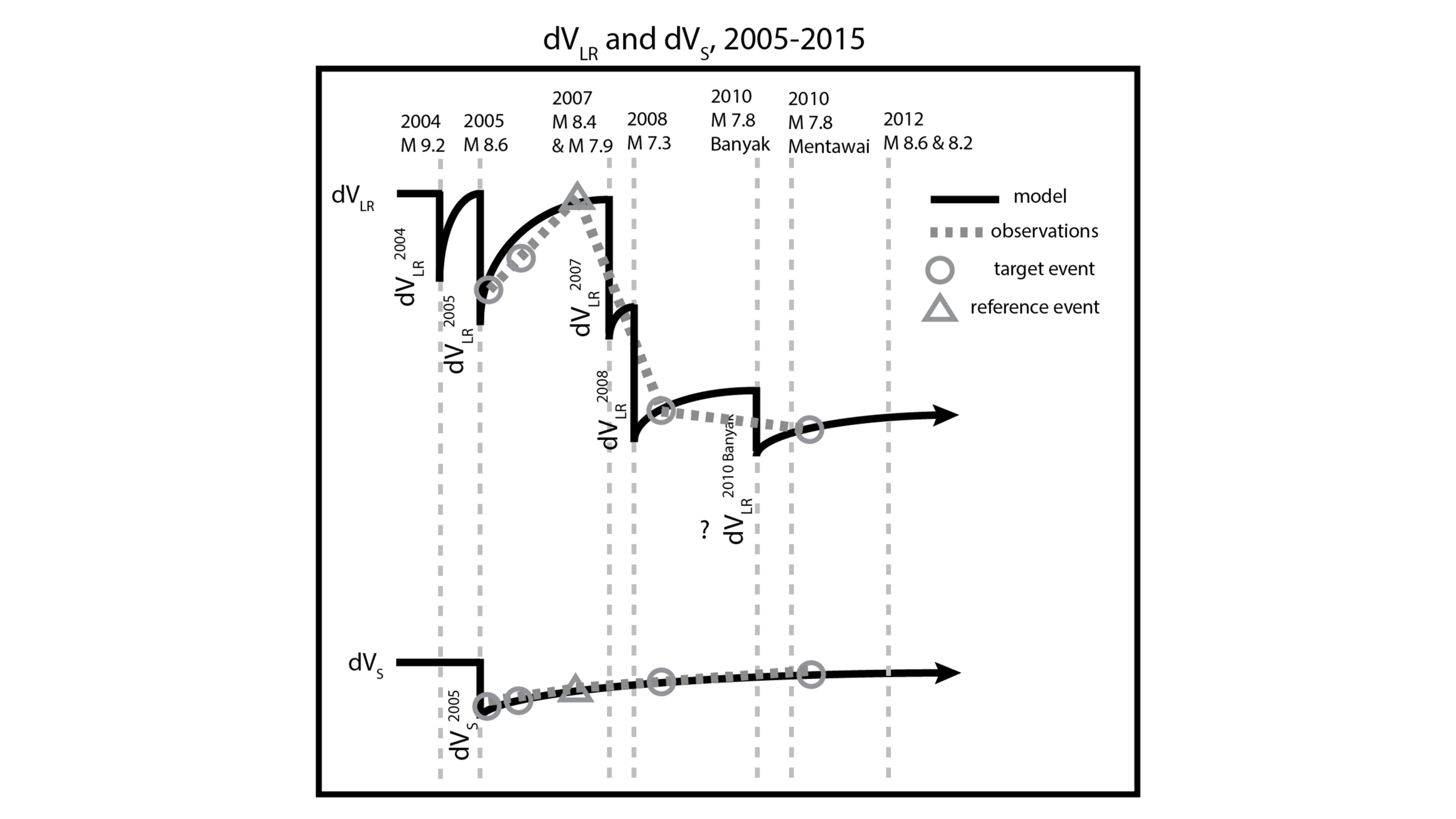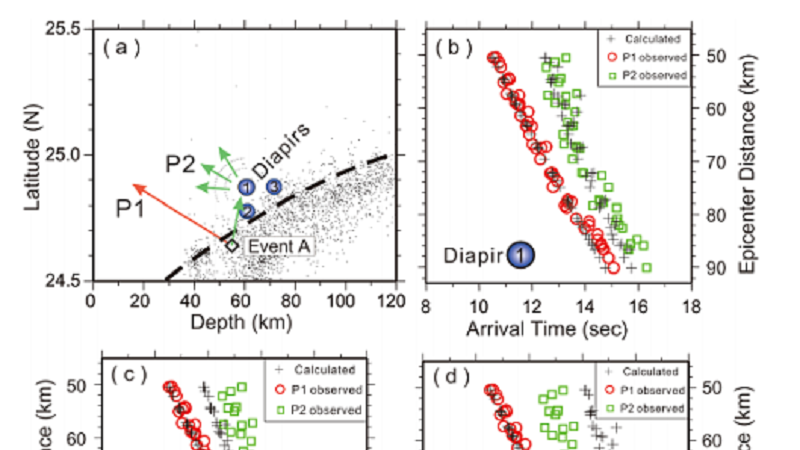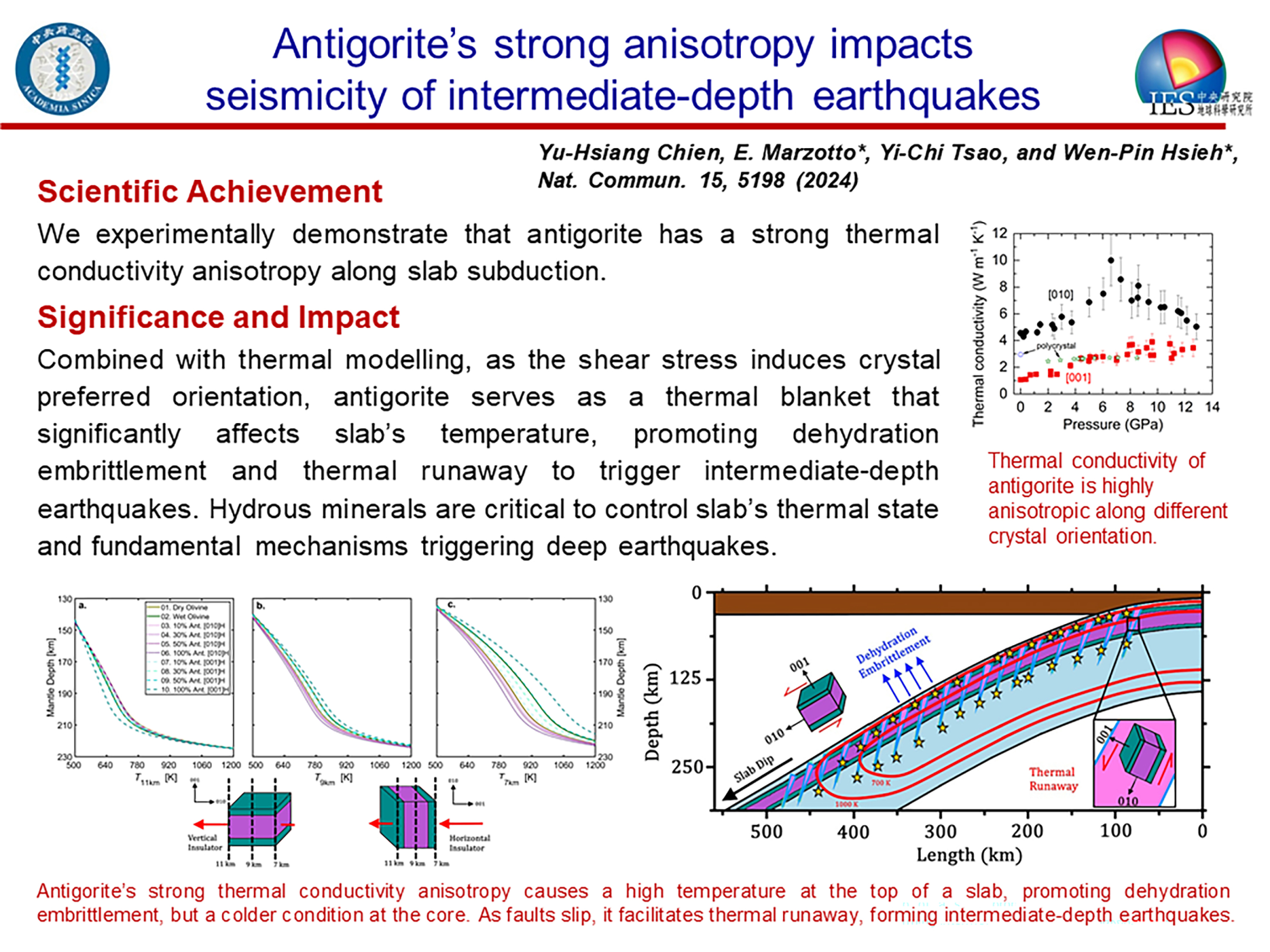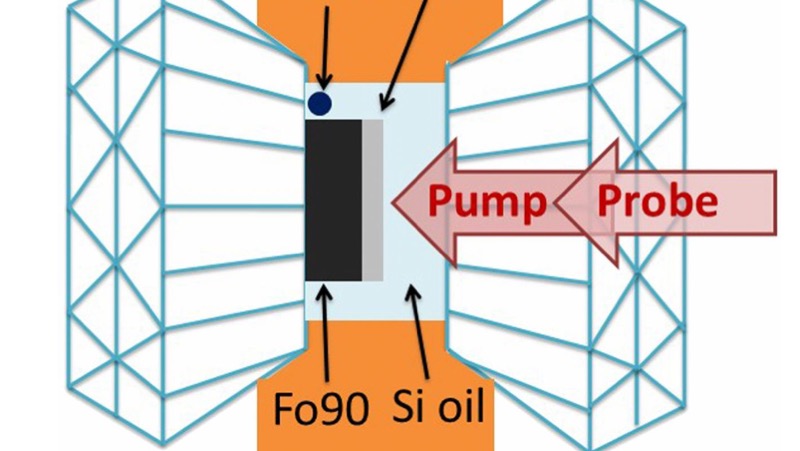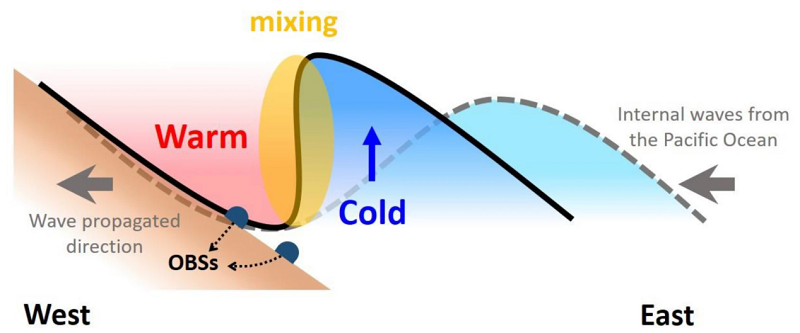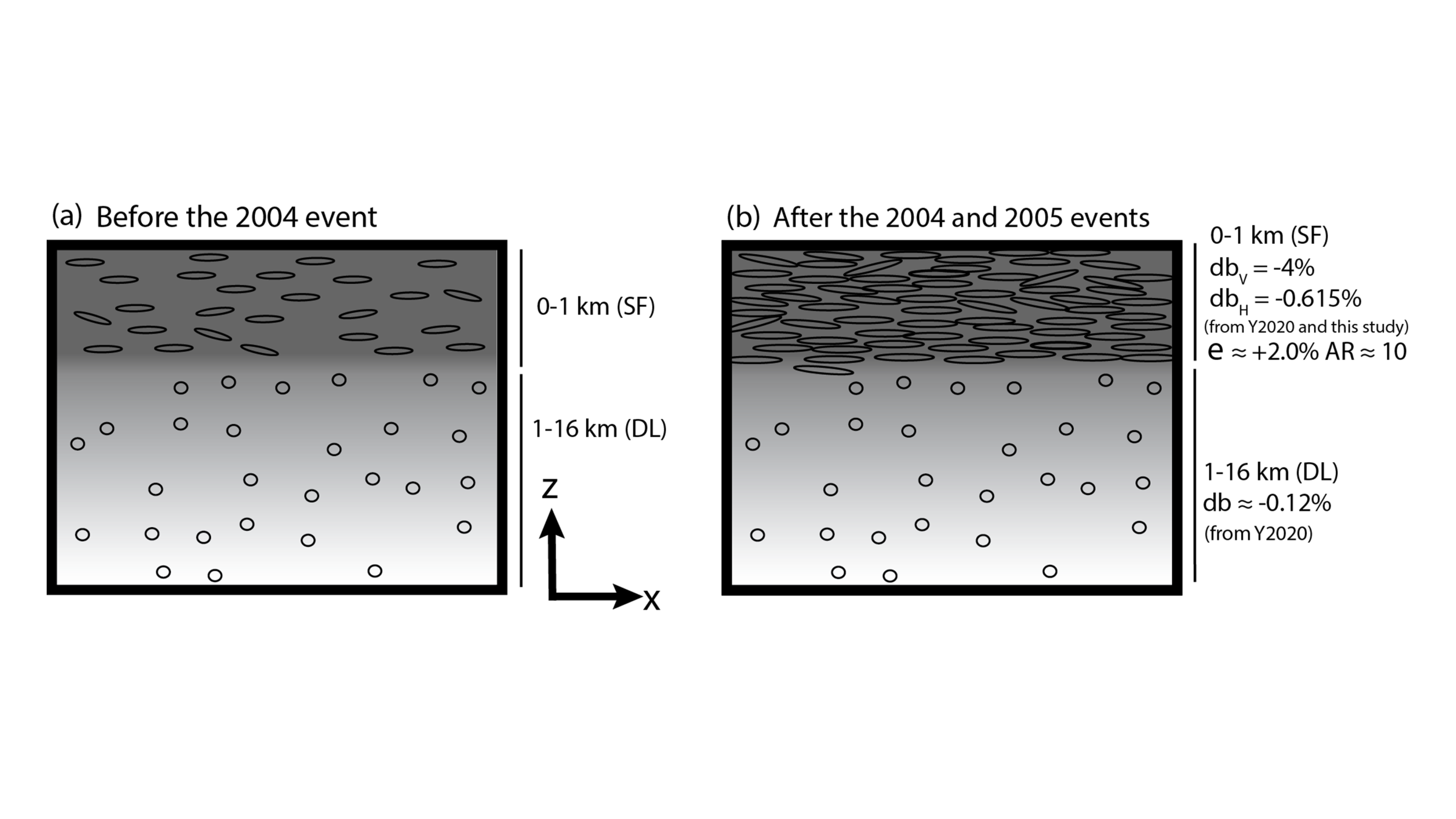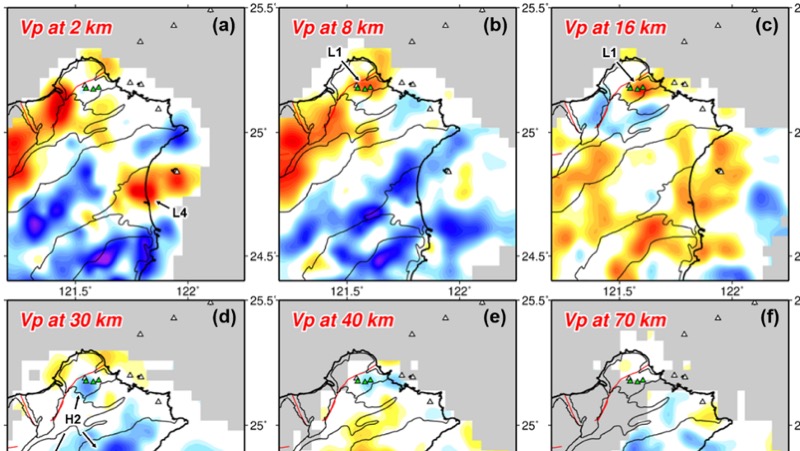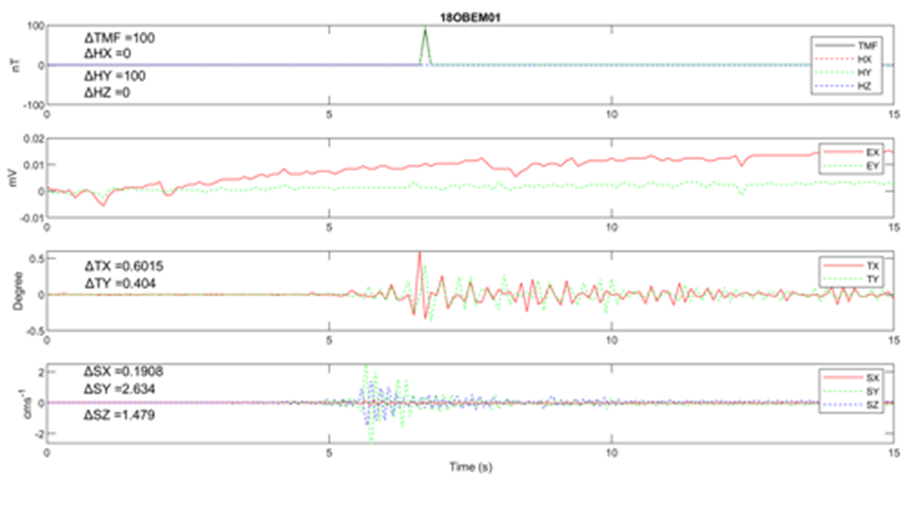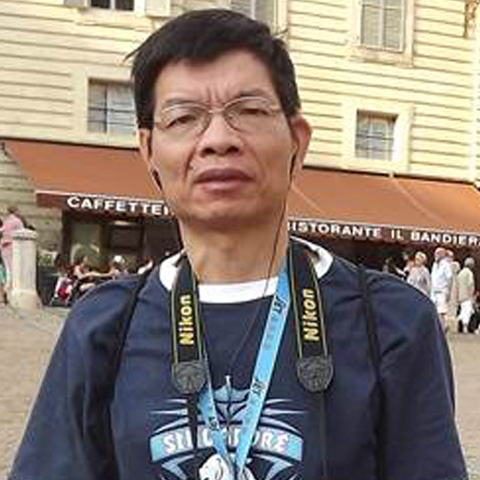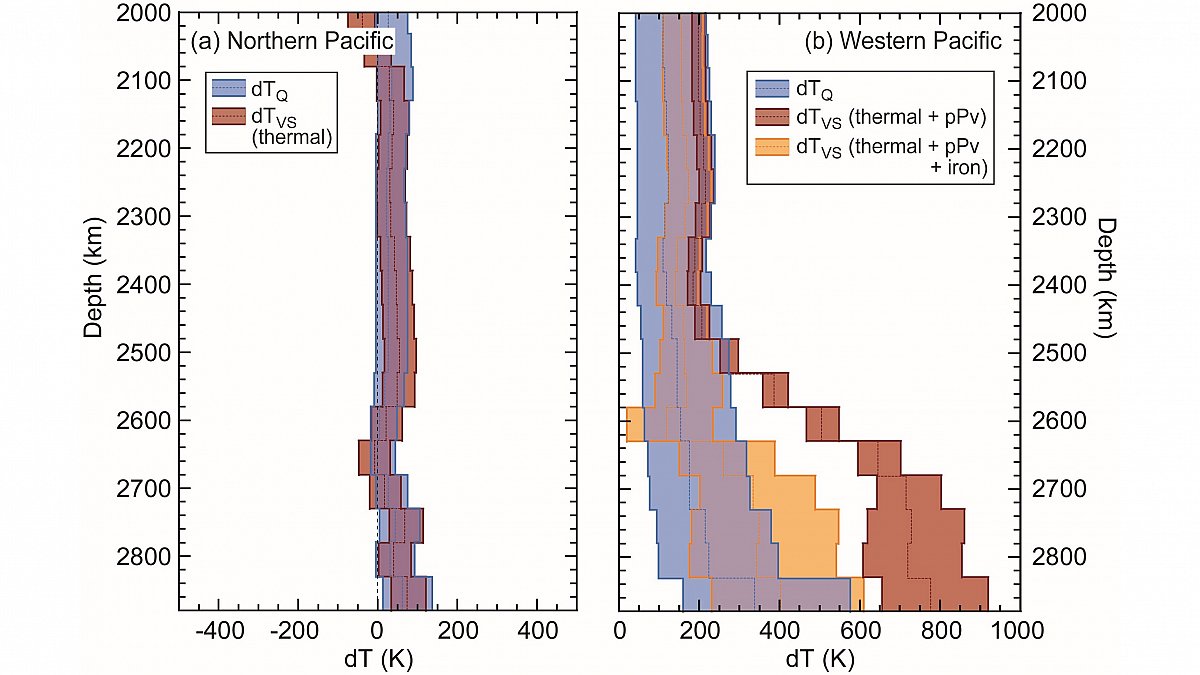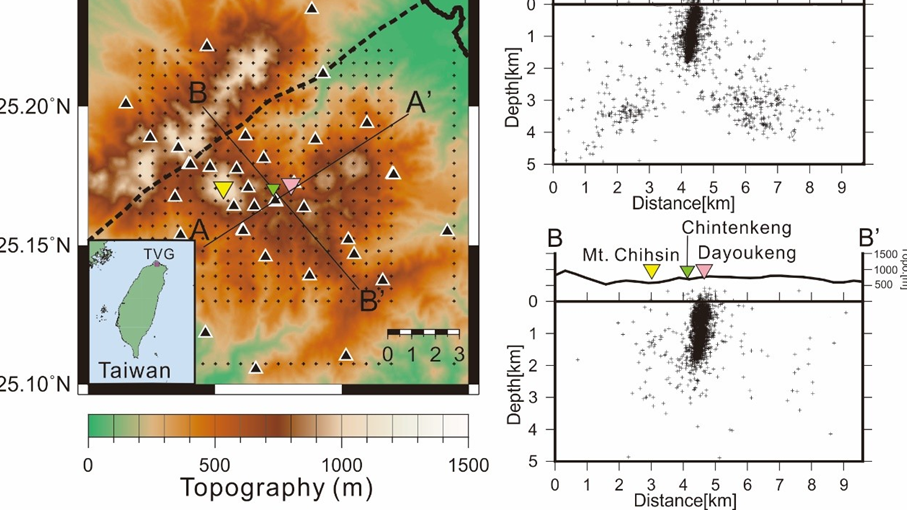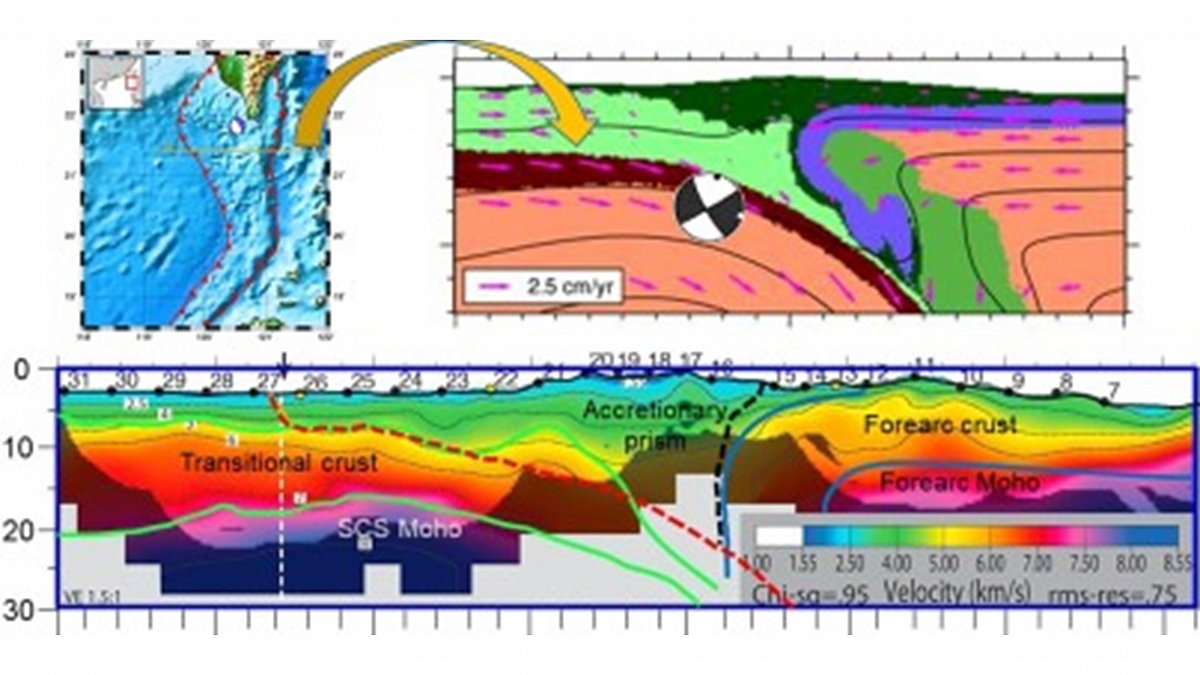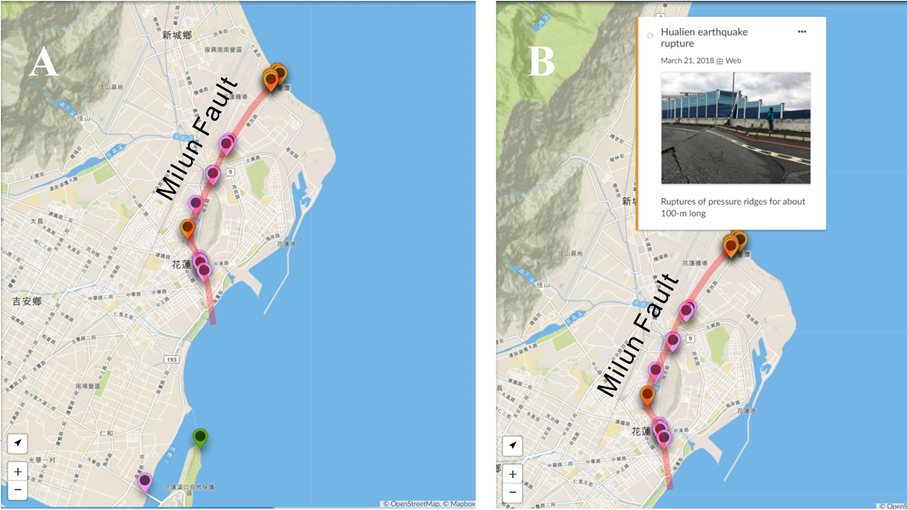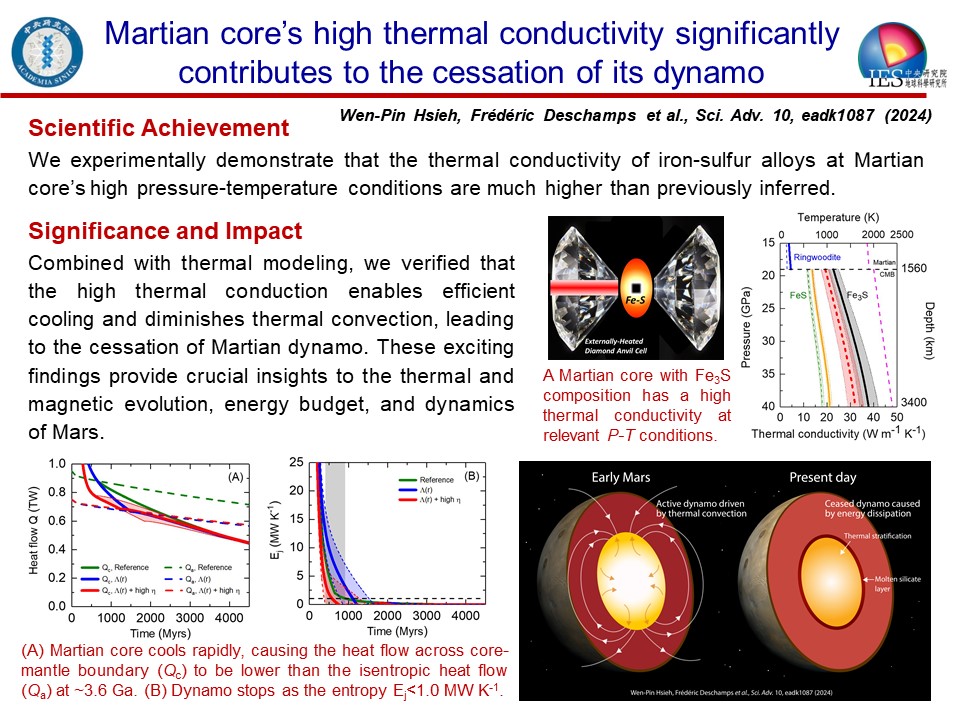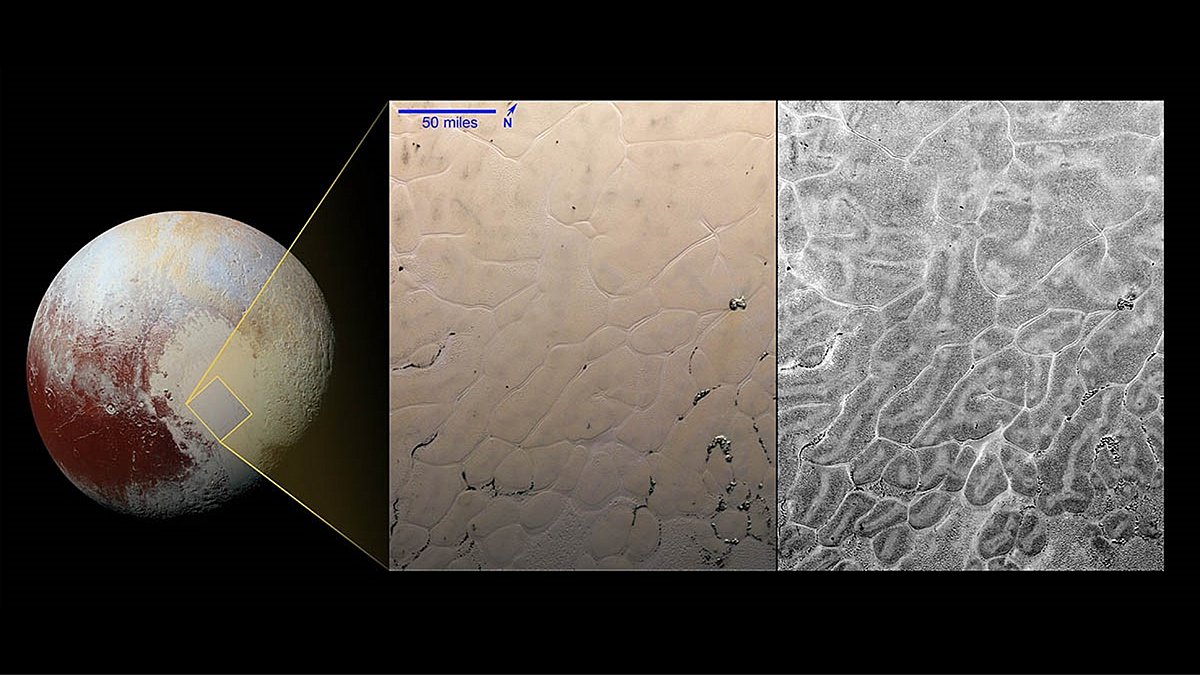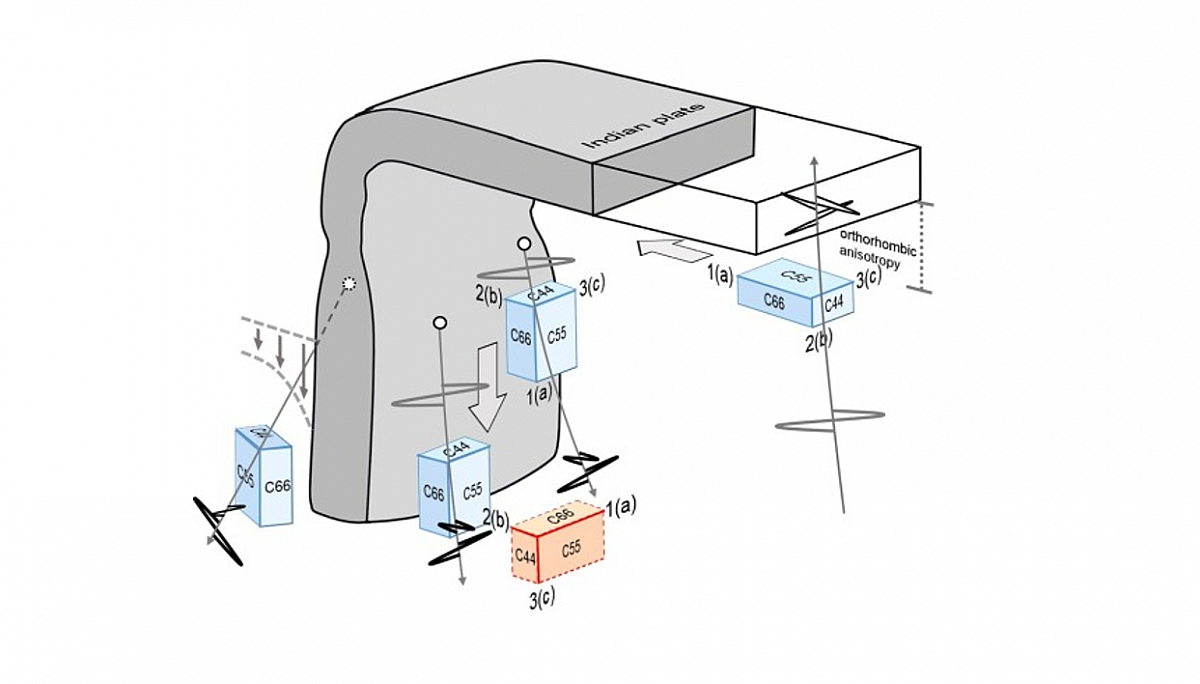Core-mantle boundary topography and the Earth’s deep mantle structure
The Earth’s mantle is animated by large movement of convection transporting material from its bottom to its surface, and vice-versa. This flow is impacting the boundary between the core and the mantle, or core-mantle boundary (CMB), located at a depth of 2890 km. In particular, it deforms this boundary, creating some topography: thermal plumes stretch the CMB upward, inducing hills, while slabs arriving from the surface bump into it, triggering depressions. It is reasonable to think that details of CMB topography are controlled by the mode of convection animating the mantle, which depends itself on the mantle structure and properties. To assess whether CMB topography can indeed bring constraints on the deep mantle structure, Dr. Frédéric Deschamps (IES research fellow) and colleagues have calculated CMB dynamic topography induced by mantle flow for different models of mantle convection (Deschamps et al., GJI, 2018). Results show that in purely thermal models, plume clusters induce positive topography. By contrast, in thermo-chemical models with density contrast (ΔρC) around 100 kg/m3 or more, reservoirs of dense material induce depressions about 2 km deep in the CMB. In addition, the long-wavelength (spherical harmonic degrees up to l = 4) dynamic topography and seismic shear velocity anomalies are anti-correlated for purely thermal models, while they correlate for models with ΔρC ≥ 100 kg/m3. This potentially provides a test to infer the nature, thermal or thermo-chemical, of low shear-wave velocity provinces (LLVSP) observed by global tomographic images.
